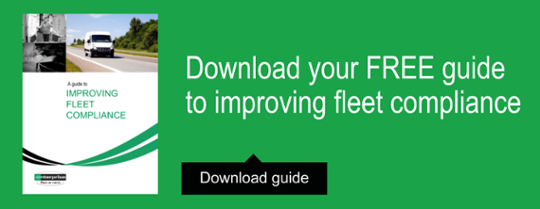In July, The Senior Traffic Commissioner, Richard Turfitt, warned operators to take robust and immediate action over safety concerns, when facing a public inquiry – or risk losing their licence.
“It is really important for operators to be proactive at all times when it comes to their vehicle and driver safety regimes, but especially so where they have been put on notice – whether by the maintenance contractor, an auditor or DVSA – of failures or shortcomings. These must be addressed immediately and documented.”
- Richard Turfitt, Senior Traffic Commissioner
This came after Turfitt was forced to revoke a tipper operator’s licence when he could not produce up-to-date maintenance inspection sheets at a Cambridge public enquiry. Earlier safety records revealed that the operator had received a failure in driver defect reporting and had also neglected the DVSA’s advice to introduce dynamic brake tests in January.
As a result, the operator was disqualified from acting as a transport manager for one year and ordered to take and pass the CPC examination.
So what can you do to avoid a similar scenario? Here we take a look at the consequences of transport managers failing to improve fleet compliance and what driver safety regimes you should undertake.
Vehicle and driver safety regimes
It’s important for operators to be proactive at all times when it comes to their vehicle and driver safety regimes.
Any failures or shortcomings must be addressed immediately and documented. By not doing so it not only places their employees in danger, it also significantly reduces their chances of defending a prosecution or claim.
4 ways to improve driver safety:
- 1. Walk around checks – All drivers should carry out safety checks when taking over the use of any and every vehicle, and facilities, such as torches, should always be made available to the driver.
- 2. Defect reporting – All drivers should be issued driver report pads with defect sheets and the correct serial numbers for monitoring.
- 3. Defect rectification – In the event that a defect is reported, there should be a nominated person with the appropriate skill, knowledge and experience, who decides whether the vehicle needs to be taken off the road.
- 4. Auditing – Routine, daily checks should be carried out by operators who oversee drivers’ report pads, tachograph records and observe that other drivers are carrying out appropriate checks, too.
Consequences of non-compliance
According to HSE, more than a quarter of traffic accidents occur when a driver is on the road for work-related purposes. Driving is the number one occupational risk at work, and businesses therefore have a duty to ensure the health and safety of their employees who may drive as part of their occupation.
Employers who fail to fulfil this duty of care risk defying the Health and Safety at Work Act (1974), Corporate Manslaughter And Homicide Act (2007), and Health and Safety Offences Act (2008). The consequences of this are severe: the maximum penalty is an unlimited fine and senior management can face imprisonment.
For further insight about the steps that fleet managers should take to cover themselves in the eyes of the law, you can download our free guide: 




